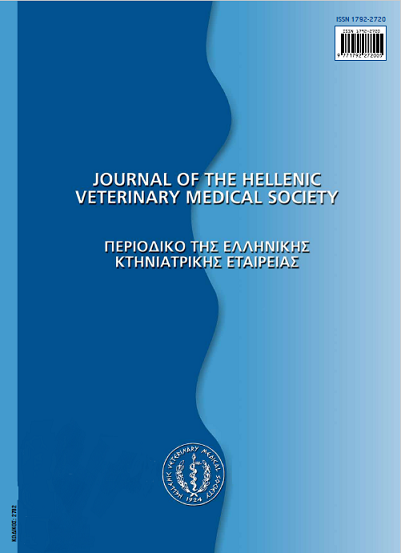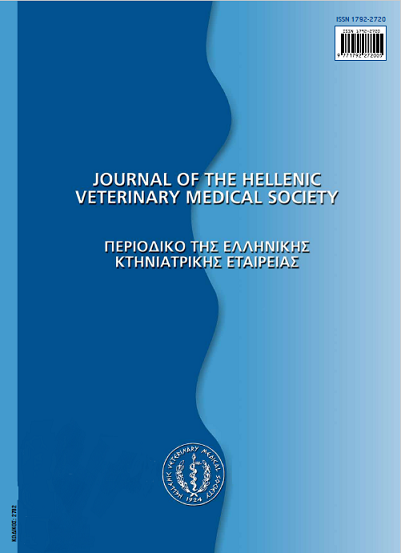The contribution of laboratory animals to diagnostic imaging research in Greece

Abstract
Biomedical research in Greece has rapidly developed during the last 30 years. Diagnostic imaging groundwork is a significant field of interest which has been developed by taking advantage of the basic and applied research capacities including the use of small and large animal models, conventional and/or genetically modified ones. This important outbreak in research has been enhanced by the construction of modern facilities in universities, medical and other academic research centers, the use of new advanced installed equipment, modern imaging techniques, specific contrast media and, of course, specialized personnel. In this manuscript, the research performed regarding diagnostic imaging techniques using animal models in Greece since 1983 is presented. More specifically a recording of the Greek research centers, the number of researchers, species and figures of animal models, diagnostic imaging techniques used, as well as the contribution of projects in the evolution of diagnostic imaging in medicine and veterinary science is presented.
Article Details
- How to Cite
-
TSELEPIDIS, S., VASSIOU, K., ARVANITIS, D., KALOGEROPOULOU, C., & MARINOU, K. (2018). The contribution of laboratory animals to diagnostic imaging research in Greece. Journal of the Hellenic Veterinary Medical Society, 68(1), 11–20. https://doi.org/10.12681/jhvms.15547
- Issue
- Vol. 68 No. 1 (2017)
- Section
- Review Articles

This work is licensed under a Creative Commons Attribution-NonCommercial 4.0 International License.
Authors who publish with this journal agree to the following terms:
· Authors retain copyright and grant the journal right of first publication with the work simultaneously licensed under a Creative Commons Attribution Non-Commercial License that allows others to share the work with an acknowledgement of the work's authorship and initial publication in this journal.
· Authors are able to enter into separate, additional contractual arrangements for the non-exclusive distribution of the journal's published version of the work (e.g. post it to an institutional repository or publish it in a book), with an acknowledgement of its initial publication in this journal.
· Authors are permitted and encouraged to post their work online (preferably in institutional repositories or on their website) prior to and during the submission process, as it can lead to productive exchanges, as well as earlier and greater citation of published work.



